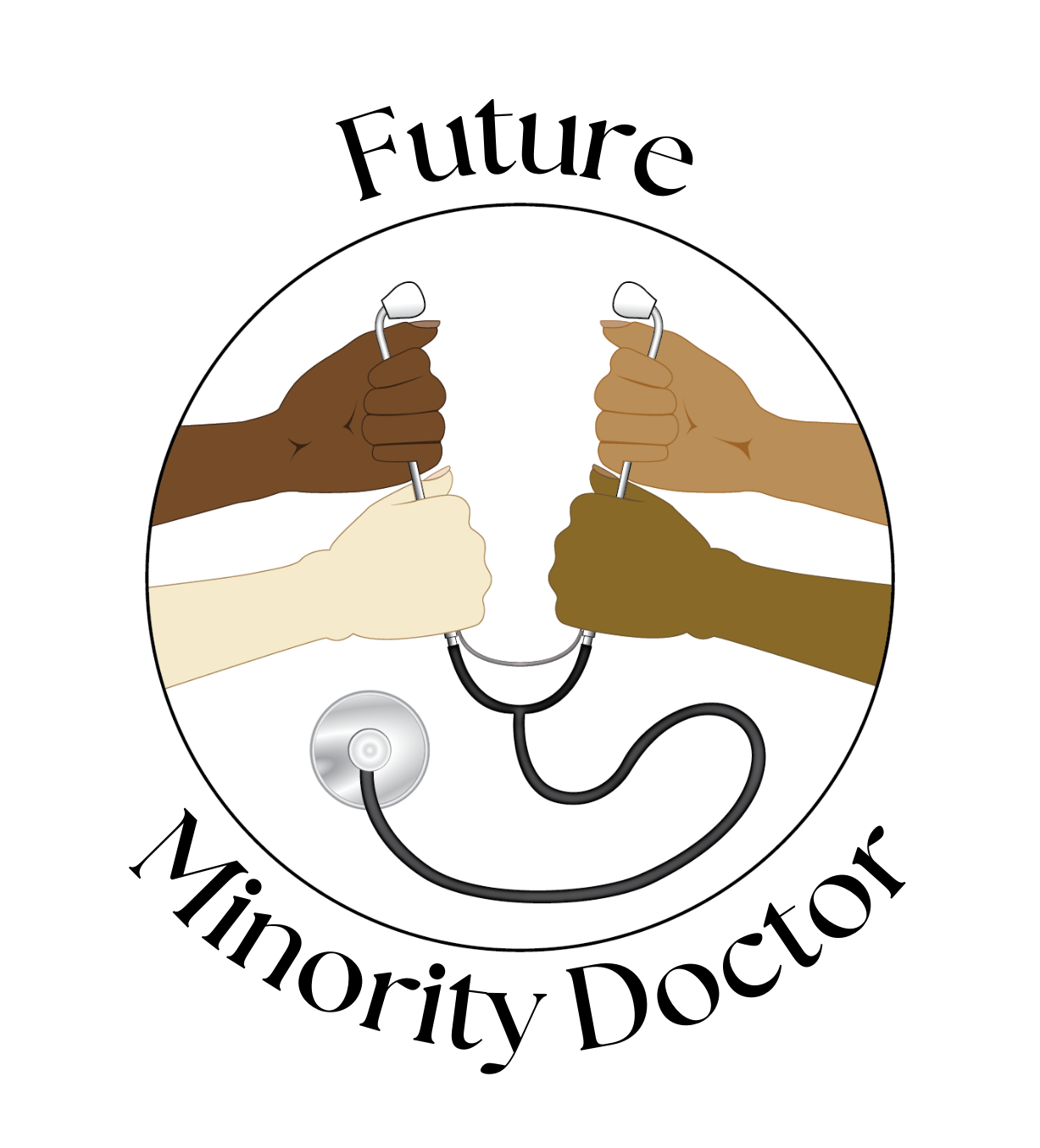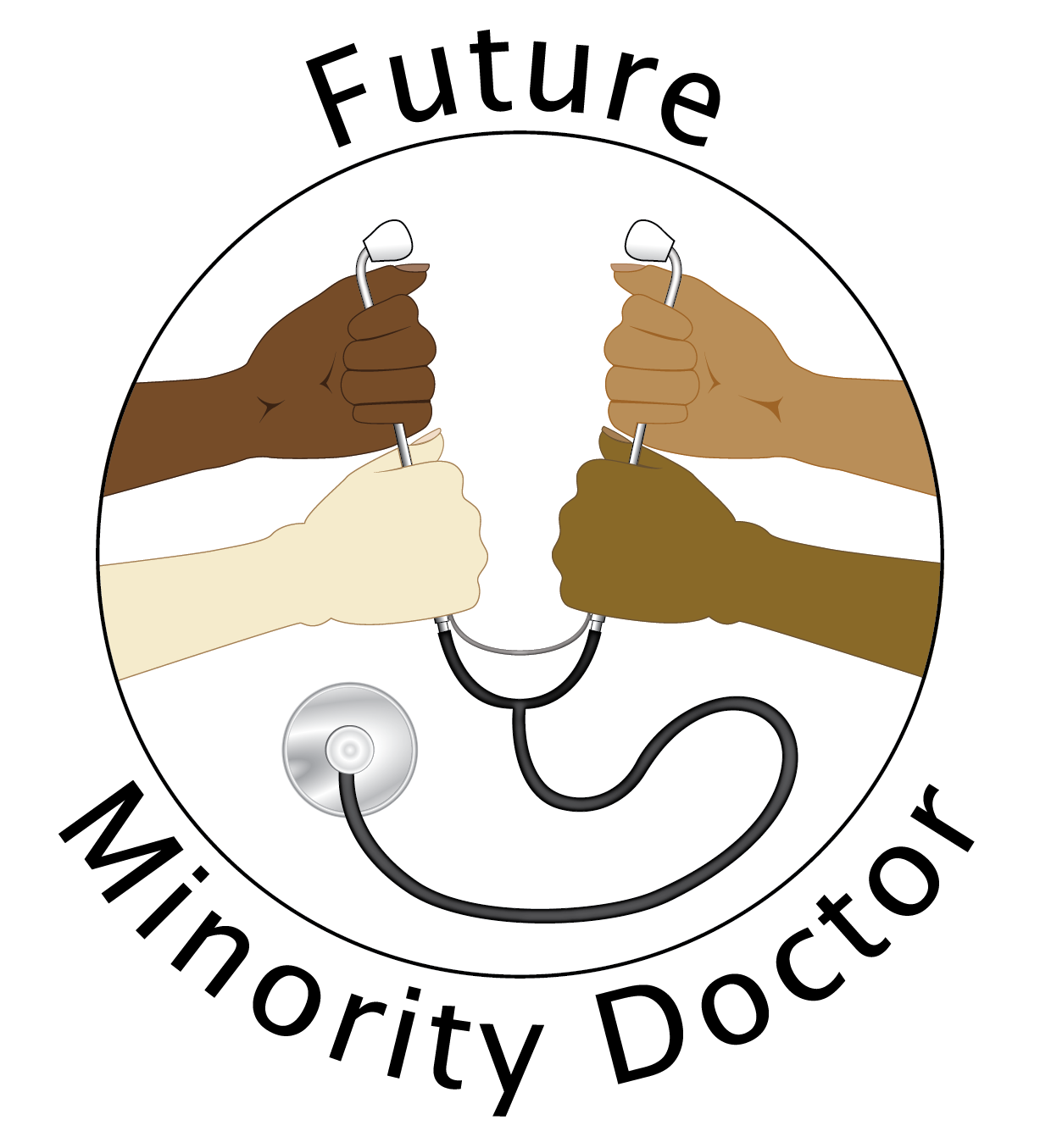“Grace’s” Personal Statement
I did not realize I was the one screaming until I saw my teammate running toward me with a haunted look. A sinking feeling set in when I could not straighten my right knee. At my Nigerian boarding high school, it was well-known that the girls on the soccer team suffered from untreated injuries. We wore our knee and ankle braces like a uniform, applied Vapo-Rub like body lotion, and made pacts to be careful during practice. It took two weeks to get an X-ray which showed I had no broken bones. It was two months before I visited my home and was able to get an MRI which showed a partial ACL tear. My parents took me to one of the few orthopedic surgeons in my small town, and he told us it would likely heal on its own. Although I felt immense relief, I dwelled on the fact that it took almost three months to get a proper diagnosis. Filled with hope, I returned to soccer the next semester.
A few weeks later, a familiar painful pop in my other knee brought me back to reality. Being indefinitely relegated to the sidelines gave me ample time to reflect on how a 15-year-old ended up with ACL tears in both knees within six months. I found out that outside of Nigeria, surgery and physical therapy were standard care for ACL tears, and I wondered if my second ACL tear could have been prevented if I had easy access to these options. I thought back to my first ACL tear when my doctor helped calm my worries about playing soccer again amidst the flurry of medical tests. It was then that I developed an interest in being part of a person’s recovery from injury and illness by becoming a physician. I was especially attracted to caring for patients in communities like mine with limited access to healthcare options. When I moved to the US for college, my classes on healthcare disparities helped me understand how limited resources directly affected the standard of care available. Five years after my injuries, I finally had ACL surgery, and I became even more committed to ensuring that others did not have to suffer without medical care.
Moved to become part of the solution, I began to volunteer at a hospital near my college as a patient educator to prevent postoperative complications. On a hectic day, I met “Amy,” a middle-aged Black woman who had just had surgery. As I tore off the plastic wrap around the spirometer, I asked if she had any questions. A look of discomfort passed across her face as she tearfully told me she was in pain. She was reluctant to ask for more pain medication because she did not want to be seen as a difficult patient. I assured her that her pain was valid and that asking for relief was warranted. She nodded when I asked if she wanted me to get her nurse, and I hurried to the nurse’s desk. Her nurse eventually came and attended to Amy’s pain. I recognized that Amy’s story is the unfortunate reality of many Black people in US hospitals who fear how their skin color could affect the care they receive. Again, I saw how social factors influence health. My desire to become a physician is driven by my desire to provide a safe space and excellent care for all patients, especially members of marginalized communities.
After college, I began working as a research assistant at a Vaccine Trials Unit for Infectious Diseases. I enrolled patients in trials and took detailed personal and medical histories to ensure they met inclusion criteria. “Joe,” a man in his thirties with flu-like symptoms, was worried about the possibility of quarantining while his pregnant wife was preparing to give birth. His at-home COVID-19 test had been negative, but he still needed reassurance that he would not be harming his wife or baby by spending time with them. I suggested some measures he could take to limit exposure, including hand hygiene and wearing a mask, and he left feeling less fearful. The trepidation I witnessed in Joe reminded me of the uncertainty my family had faced when my uncle became infected with COVID-19 while living in Nigeria. My cousins had already lost their mother a few years prior and feared losing their father too. Fortunately, he fully recovered, and my family’s worries abated. Although I could not alleviate my family’s fear during my uncle’s hospitalization, I was glad I was there for Joe as he faced a frightening situation. My encounters with the trial participants helped me see that despite geographical and cultural differences, some human experiences of confronting illness, particularly worry and fear, are universal. My journey is inspired by my resolve to guide patients through these events while incorporating their unique histories and cultures. I have learned that being a physician entails more than diagnosing illness and prescribing treatments – it requires listening, empathy, and compassion for the human condition. I aim to be the kind of physician who melds the world of clinical expertise with the language of human suffering.
I strive to be a physician that empowers people to lead healthy lives and helps them get the care necessary to do so. My goal is to care for patients within a clinical setting and advocate for health system changes in the US and abroad so that people with injuries and illnesses don’t have to endure endless suffering like my teammates and countless others have done.
Character Count: 5296 (limit is 5300)

